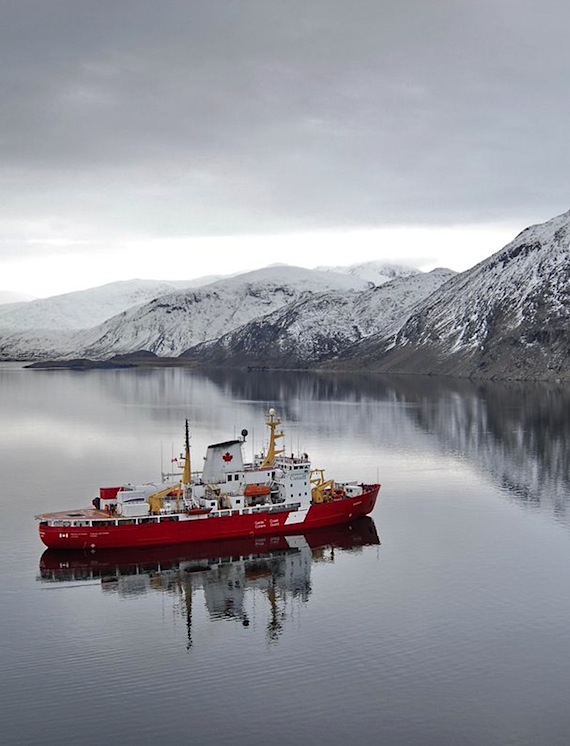Research icebreaker sets sail to put Nunavut, Nunavik under microscope
With a farewell blast of its horn, the Canadian Coast Guard’s research icebreaker, the Amundsen, set out May 25 with a shipload of researchers on board who will spend the next 133 days looking at, among other things, the health of Inuit in Nunavik.
Along the voyage from its homeport in Quebec City to Nunavut’s Kitikmeot region, a research agenda largely underwritten by industry will direct its course.
However, from Aug. 8 to Sept. 26, the focus will be on the second Nunavik Inuit Health Survey, originally planned to have taken place in 2016.

This survey, a collaboration between the Nunavik Regional Board of Health and Social Services, the Institut national de santé publique du Québec and researchers from CHU de Québec Research Centre-Université Laval, will follow up the first health survey from 2004 which gathered information about the health and well-being of Nunavik’s 14 Inuit communities.
The 2017 survey, with a slightly different name—Qanuilirpitaa? (How are we now?) instead of Qanuippitaa? (How are we?)—will involve a follow-up on those who participated in the 2004 survey, the largest ever health study involving Nunavimmiut.
But the new survey will include more youth, roughly 1,000 18- to 30-year-olds—about as many people who took part in the entire 2004 survey.
And its survey will take a closer look at respiratory health, cardio-vascular health, diabetes, fitness and community well-being.
Researchers on board the Amundsen will also participate in a project called “Bridging Global Change, Inuit Health and the Transforming Arctic Ocean,” spearheaded by Université Laval and its Sentinel North research program, which will examine the links between global climate change and Inuit health.
Some of the other projects earmarked for 2017 are more industry-driven: The BaySys program, funded by Genome Canada, will investigate the potential for using oil-eating bacteria to clean up oil spills on sea ice and produce science-based evidence on how this could be used in the Arctic Ocean.
This work will contribute to a “Best Practices” document on using what’s called “bio-remediation” of oil spills in Arctic regions.
“Policies and strategies informed by the research will enable an improved capacity for environmental protection through safer shipping and oil exploration in the Arctic,” says an online project description.
Researchers will also work on the $17-million, four-year project on the role of freshwater in Hudson Bay. This project, geared to help Manitoba Hydro better understand the cumulative effects of its operations, wants to show which impacts are due to climate change and which come from freshwater input from hydro-electric projects in Hudson Bay.
A portion of the Amundsen’s time will also be dedicated to the Kitikmeot Marine Region project, a collaboration between ArcticNet, the W. Garfield Weston Foundation and Parks Canada, aimed at advancing knowledge on the regional marine ecosystems of the Kitikmeot region.